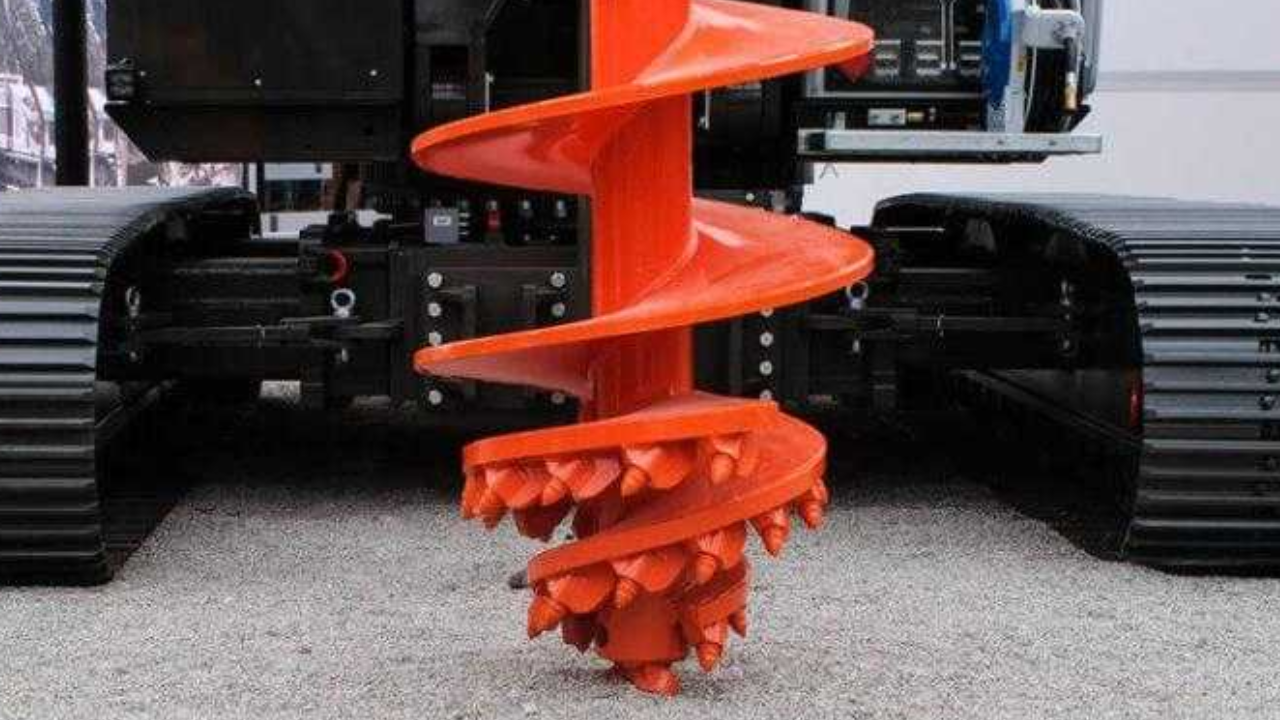Wood chipper blades are vital additives in wood chippers, designed to successfully process diverse types of wood into smaller, more practicable pieces. Their versatility lies in their potential to chip each gentle and hard wooden piece, making them necessary gear for landscaping, forestry, and agricultural programs. These blades are available in exceptional styles and sizes to deal with diverse wood chipping needs, from generating pleasant mulch for gardening to developing coarse chips for landscaping projects.
With their strong construction and sharp reducing edges, wooden chipper blades can address an extensive variety of substances, consisting of branches, brushes, and tree limbs. They may be engineered to resist the trials of heavy-responsibility use, offering dependable performance and durability in disturbing environments. See further details in the following link https://www.jyfmachinery.com/wood-chipper-blades-for-wood-chipper/. Overall, wood chipper blades play a vital role in streamlining wooden processing operations, improving productivity, and facilitating the efficient usage of wood sources.
Troubleshooting Common Problems With Wood Catpper Blades
In this detail, we will delve into common issues with wood chipper blades and find a way to troubleshoot them efficiently.
Dull Blades
Dull blades are a common problem with wooden chipper overall performance, characterized by reduced efficiency and elevated noise. To troubleshoot, look at the blades for bluntness or rounded edges. Sharpen them using an appropriate tool like a bench grinder or polishing stone, adhering to producer hints. Enforcing a regular renovation method for sprucing will prevent dullness from impacting chipper performance, ensuring smooth operation and regular wooden chipping.
Blade Misalignment
Blade misalignment in wooden chippers can lead to uneven chipping and improved vibration. To troubleshoot, visually investigate the blades to ensure proper alignment and cozy fastening. Alter the blades carefully if misalignment is detected, following the chipper's manual for steering. Additionally, ensure all fasteners securing the blades are tightened to manufacturer specs. Correcting blade misalignment will optimize chipper performance, lowering wear and tear on the gadget and enhancing the quality of wood chipping.
Blade Damage
Blade damage in wooden chippers, which includes chips, cracks, or deformations, can impair performance and protection. To troubleshoot, conduct a radical inspection of the blades to identify any signs of damage. Update seriously damaged blades right away to preserve the most appropriate chipper overall performance and prevent further issues. Deal with the underlying reasons for blade damage, such as incorrect operation or inadequate preservation, to mitigate future dangers. Ordinary monitoring and preservation will help ensure secure and efficient wood-chipping operations.
Blade Wear
Blade wear is a common occurrence in wood chippers because of repeated use and exposure to abrasive materials. To troubleshoot, regularly investigate blades for signs of wear and tear, along with decreased thickness or choppy edges. Update worn blades promptly to keep slicing performance and chip quality great. Imposing a preventive renovation application, which includes normal blade inspections and replacements, will reduce the effect of damage on the chipper's overall performance, ensuring clean operation and a prolonged blade lifespan.
Blade Jamming
Blade jamming in wood chippers occurs when overseas gadgets or oversized material impede blade rotation, leading to motor stress and safety dangers. To troubleshoot, immediately prevent the chipper and disconnect strength. Carefully put off the jammed cloth and use appropriate gear and precautions. Check out blades for harm or misalignment before resuming operation. Regularly clean debris from the chipper's feed mechanism to save jamming, ensuring secure and uninterrupted wooden chipping operations.
Summary
Wood chipper blades are critical additives that require everyday renovation and attention to ensure the most desirable overall performance and protection. By figuring out and troubleshooting unusual blade troubles promptly, you can minimize downtime, enlarge the lifespan of your chipper, and maintain efficient wood processing operations. Keep in mind to follow producer guidelines and protection protocols when performing maintenance or repairs on wood chipper blades to mitigate dangers and ensure safe operation.


